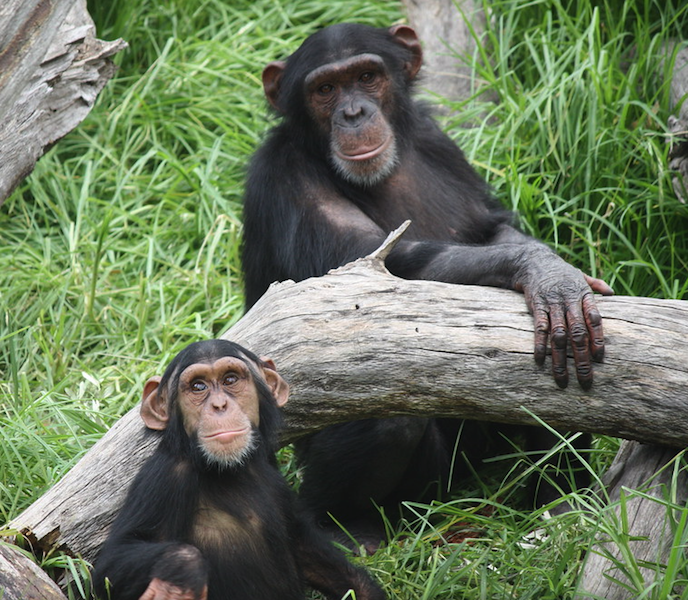 Studying the resilience of chimpanzees to coronary atherosclerosis could illuminate the mechanisms of heart disease, according to Australian cardiologists.
Studying the resilience of chimpanzees to coronary atherosclerosis could illuminate the mechanisms of heart disease, according to Australian cardiologists.
Led by Professor Gemma Figtree of Sydney University, a commentary article in Nature Reviews Cardiology has highlighted the significant differences in susceptibility to coronary artery disease between humans and the primate that shares 96% of our DNA.
The Australian and US cardiology researchers point to just a single published case report of a chimpanzee known to have had a fatal heart attack, despite their long lifespans, exposure to Western lifestyle factors and higher plasma LDL and lipoprotein levels.
“Although atherosclerosis has been observed in the aorta and other major blood vessels in necropsies of chimpanzees that lived in captivity, their coronary arteries seem to be spared,” they note.
Why? Professor Figtree and co-authors suggest the possibility of an evolutionary divergence of genetic variants that heighten immune and inflammatory responses in humans over chimps.
While this may have been protective against infections, the inflammatory effects in arteries may increase the risk of coronary artery disease now that human lifespans have extended so far.
“Playing out thousands to hundreds of thousands of years ago in an age when humans (or our genetic ancestors) died at a much younger age than we do today, this evolutionary pressure might have led to the development of a heightened immune and inflammatory response, which would have been protective against infection,” they write.
“However, a potential downside to this increased immune and inflammatory response is a greater risk of atherosclerosis, which would have been unlikely to exert any negative selective pressure on our species tens of thousands of years ago, given that few lived to an age when they might have developed CAD.”
“Indeed, this hypothesis might also explain why humans have a greater prevalence than chimpanzees of diseases associated with over-reactivity of the adaptive immune system, such as asthma, psoriasis and rheumatoid arthritis.”
Chimps and T cell reactivity
The researchers suggested a mechanism through humans’ increased T cell reactivity. This is believed to correspond to lower levels of inhibitory siglecs (sialic acid-binding immunoglobulin-type lectins), which regulate inflammation. They are present in chimpanzee but are not found in human T cells.
Further, humans cannot process the Neu5Gc molecule consumed in red-meat products that is known to generate an inflammatory response implicated in atherosclerosis. This does not occur in chimpanzees.
Lead author Professor Figtree said the “almost unique susceptibility of humans to coronary atherosclerosis” highlighted the importance of other disease mechanisms, including inflammation of the blood vessel wall.
“Understanding distinct inflammatory signalling in humans compared to chimpanzees may point to novel markers and mechanisms of CAD susceptibility, and potential novel therapeutic targets.
“This may be particularly important for the approximately 15-25% of heart attack patients who develop coronary artery plaque and heart attack in the absence of traditional risk factors including cholesterol elevation.”
Professor Figtree said managing inflammation in CAD continued to be pursued as an intervention target, but finding the “right component” of the inflammation cascade was critical to balance clinical benefit with immune defence.
The Kolling Institute of Medical Research Professor, co-leader of the Cardiovascular Theme for Sydney Health Partners and Chair of the University of Sydney’s multi-disciplinary Cardiovascular Initiative, said the multi-omics technologies that can determine the functional impact of genes, proteins within their microbiomes could usher in greater developments to characterise the development of heart disease in humans.
“Applying state-of-the-art unbiased multi “omic” technology will facilitate identification of distinct differences in the immune pathways and other unknown pathways important in human susceptibility, and chimp resilience to CAD,” she said.